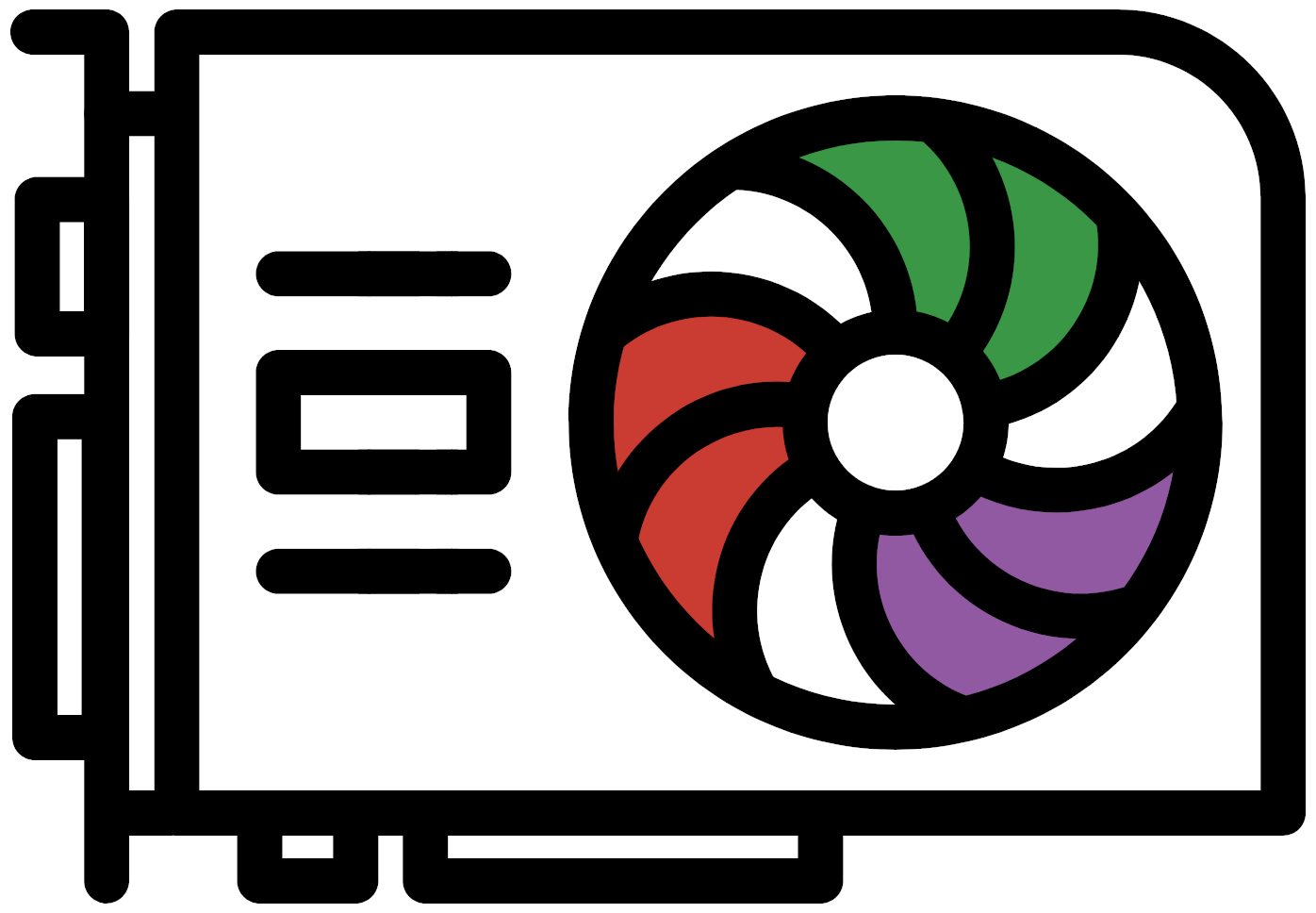 JuliaGPU
JuliaGPU
High-performance GPU programming in a high-level language.
JuliaGPU is a Github organization created to unify the many packages for programming GPUs in Julia. With its high-level syntax and flexible compiler, Julia is well positioned to productively program hardware accelerators like GPUs without sacrificing performance.
Several GPU platforms are supported, but there are large differences in features and stability. On this website, you can find a brief introduction of the supported platforms and links to the respective home pages.
Supported platforms
The best supported GPU platform in Julia is NVIDIA CUDA, with mature and full-featured packages for both low-level kernel programming as well as working with high-level operations on arrays. All versions of Julia are supported, and the functionality is actively used by a variety of applications and libraries.
Similar, but much newer capabilities exist for Intel GPUs with oneAPI. Currently, full-featured kernel programming capabilities are available, but there is no support for vendor libraries such as oneMKL or oneDNN yet.
Experimental support exists for AMD GPUs running on the ROCm stack. These GPUs can again be programmed in Julia at the kernel level or using array operations, but these capabilities are under heavy development and are not ready for general consumption yet.
Applications
There are many Julia applications and libraries that rely on the language's GPU capabilities, such as:
Flux.jl library for machine-learning
Yao.jl framework for quantum information research
DiffEqGPU.jl as part of the DifferentialEquations.jl ecosystem, for using GPUs in differential equation solvers
Oceananigans.jl to accelerate a non-hydrostatic ocean modeling application
GPUifyLoops.jl and KernelAbstractions.jl for working with CPUs and GPUs alike using vendor-neutral abstractions
Many other Julia applications and libraries can be used with GPUs, too: By means of the CuArrays.jl or ROCArrays.jl packages for respectively NVIDIA and AMD, existing software that uses the Julia array interfaces can often be executed as-is on a GPU.
Community
If you need help, or have questions about GPU programming in Julia, you can find members of the community at:
Julia Discourse, with a dedicated GPU section
Julia Slack (register here), on the #gpu channel